How to Use AI to Make HR More Human, Not Less
If you read the headlines today, you can quickly see that artificial intelligence, bots, and other algorithms are creeping into our everyday life. But what if there was a way to use technology to actually make the workplace more human? In my new book, Artificial Intelligence for HR, I talk about some of the fascinating ways employers can leverage AI to support everything from recruiting and hiring to coaching and training.
It seems paradoxical, really. In a prior post I talked about how AI can impact priorities for HR leaders. Can technology be used to create a more human-centric employee experience? What are the value points that AI has to offer?
Practical Use Cases of AI in HR
Let’s look at a few use cases for how AI can help in the workplace:
- Uber uses an algorithm to set pay rates and schedule shifts for drivers, which allows it to cut the gender pay gap by half of what it is in the open market, improving pay equity for the more than 2 million drivers across the globe.
- Unilever utilizes automated assessments and asynchronous video interviews to find talented, diverse college graduates to join its team. Moving away from a purely human-driven approach has increased diversity and candidate satisfaction.
- Last fall I coached a startup in the HR Technology Conference “Next Great HR Tech Company” competition. The firm uses a chatbot to consume employee feedback surveys and performance review data to help coach managers on their individual performance issues, developing them into better leaders. If we developed all leaders, including diverse ones, then we would see more representation in the C-suite than we do today.
These are just a few examples, but it goes to show that even something as simple as chatbots can be used to bring out the best we have to offer in the workplace.
Three Key Value Points of AI
Artificial intelligence as a tool has three key value points that employers can and should leverage:
- Automation: taking some of the mundane, repetitive tasks off your plate so you can focus on more strategic activities
- Personalization: creating more personalized, tailored experiences for every individual in ways that humans simply can’t
- Augmentation: surfacing insights and suggestions in real-time that we can use to make better decisions at the point of need
While automation is often seen as the biggest value from systems like AI, I firmly believe that augmentation is where we’ll see the biggest return.
In reality, humans are amazing at some things (relating to others, using creativity to solve problems), but we’re bad at others (analyzing large amounts of data, making unbiased decisions). By using the best that algorithms and AI have to offer, we can blend the best of both human and machine to create the best outcomes.



















